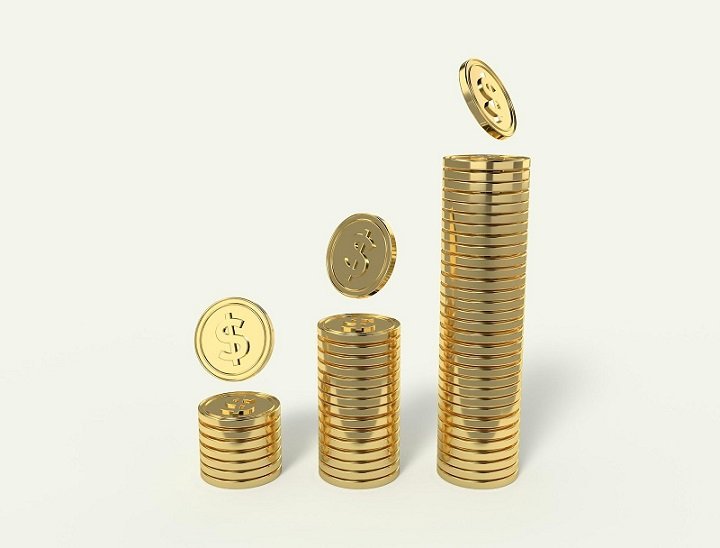Life can throw a curveball at any time. Whether it’s a job loss, a medical emergency, or an urgent home repair, life can knock us out of our sails if we don’t prepare for emergencies. That’s where an emergency fund comes in. It is your money safety net—the shock absorber that softens the blow whenever your life makes any unexpected turns.
Why You Need an Emergency Fund
Like placing a bet on this website, where you anticipate highs and lows, having an emergency fund means you’re prepared for whatever financial surprises life throws. Just picture yourself driving down the highway when—boom—your tire blows out. It’s got to be one of the worst experiences you could ever have, and it will probably cost you some money.
However, there’s a big difference between that scenario being stressful and fundamentally wrecking your life, and that difference is your emergency fund. This is why you need one:
- Avoid debt: Putting you in debt, you might tend to rely on credit cards or even loans to help you survive the seemingly uncalled-for expenses. This can spiral into debt that is hard to come out of.
- Peace of mind: Knowing you have an amount of money preserved in case something bad happens will greatly reduce your stress level, and you will free that attention to use it for other financial goals rather than always worrying about “what if.”
- Flexibility: An emergency fund gives you flexibility in dealing with new situations. You’re fine if you lose your job or suddenly have a large medical bill.
How Much Should You Save?
How much to save depends on your situation. The rule of thumb is always three to six months’ living expenses. The proper amount, however, depends on some factors:
- Single with stable income: Three months’ worth should cover all but the most bizarre of emergencies without too much strain.
- Family with dependents: Six months or more is recommended. If more people depend on you, a bigger fund is necessary.
- Freelancer or entrepreneur: Consider keeping six to twelve months’ worth. Income in these fields can be irregular; thus, a bigger fund is needed.
How to Get Your Emergency Fund on Track
Beginning an emergency fund can seem daunting if funds are scarce. A small beginning is better than nothing, though, and consistency builds with the fundamentals over time. Here is what you need to do:
- Set a goal: Be catered and determine how much you want to save according to the above estimates. Break it down into smaller, achievable milestones so you don’t overwhelm the process.
- Automate your savings: You’ll save time by making automatic transfers from your checking to the emergency fund. Start with whatever manageable amount you are capable of committing at first and increase that amount over time as your financial condition improves.
- Cut frivolous expenses: Go through your budget carefully to identify areas you can trim. These savings can then be directed into your emergency fund. Even small, everyday changes, like dining out less or maybe canceling some of those unwanted subscriptions, could add up to a lot over time.
- Use windfalls wisely: Any bonuses, gifts, or tax refunds received can be quickly directed to your emergency fund. This is a fast way to increase savings without touching your pocket or day-to-day budget.

When to Use the Emergency Fund
Remember, an emergency fund is for an actual emergency—not for splurges or wants. So before you dip into your fund, ask yourself:
- Is this expense necessary?
- Is it urgent?
- Is it unexpected?
If yes to all three, then sure, you have a reason for your emergency fund. If not, find another way to cover the cost.
Replenishing Your Fund
Once you’ve used up your emergency fund, the priority should be how to replace it as quickly as possible. Life’s next blow could come out of nowhere. You should have a strategy in place to rebuild your fund to its original size, even if it means pinching your budget a bit.
Final Say
Build an emergency fund to provide the best possible protection for your financial future. You’re not expecting bad times; you’re just assured that you are prepared for all life’s unexpected throws. Start small and keep steadily watching your fund grow in size.
